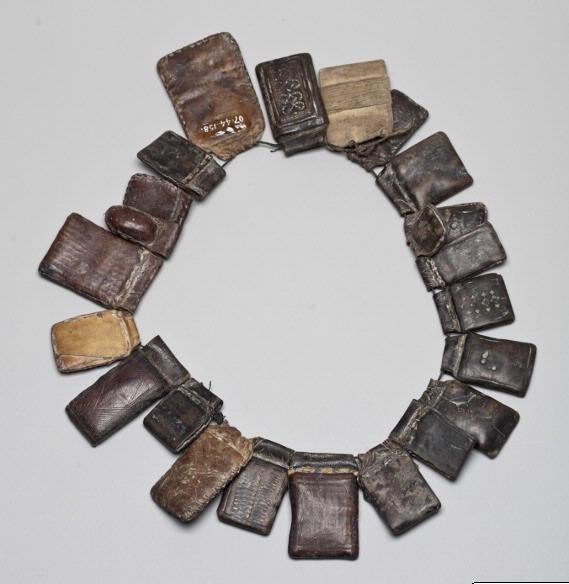The Ewe people constitute one of the most significant ethnic groups in West Africa, residing primarily in southeastern Ghana and southern Togo.
Beliefs and Mythology
The Ewe people have a complex belief system rooted in traditional African religion. Their beliefs are predominantly based on the existence of a supreme deity, lesser deities, ancestral spirits, and various mythological creatures. The Ewe pantheon revolves around the supreme deity, Mawu, who is associated with the creation of the universe and is believed to be omnipotent, omniscient, and omnipresent.
Mawu is often depicted as a female deity, sometimes as a dual deity with her male counterpart, Lisa. As a divine couple, Mawu and Lisa represent the complementary aspects of the universe – the moon and sun, respectively – and embody harmony, balance, and unity. The Ewe people also believe in numerous lesser deities, each responsible for specific aspects of life, such as fertility, agriculture, and war.
Deities and Their Personalities
Some of the most prominent deities within the Ewe pantheon include:
-
Nana Buluku – The cosmic or primordial mother who gave birth to Mawu and Lisa. She symbolizes the beginning of creation and is considered the divine ancestress of the Ewe people.
-
Da – The divine python, representing fertility and life. Da is believed to hold the Earth and is revered for its strength and wisdom.
-
Tano – The river deity, associated with water, fertility, and purification. Tano is worshiped by those seeking protection, good fortune, and abundance.
-
Gu – The god of war and blacksmiths, representing power, strength, and victory. He is often depicted as a fierce warrior wielding an iron sword.
-
Legba – The trickster deity, who acts as a messenger and intermediary between humans and the divine. Legba is a shapeshifter who can open or close the way to spiritual realms and is often invoked at the beginning of ceremonies to ensure their success.
Heroes and Mythological Creatures
The Ewe mythology also encompasses various heroes and mythological creatures, such as:
-
Togbe Tsali – A legendary Ewe warrior and magician who fought against oppressors and helped the Ewe people achieve their freedom.
-
Afa – A powerful diviner and healer who uses the wisdom of the spirits and the natural world to guide and protect the Ewe people.
-
Agorkoli – A tyrannical king whose reign was marked by cruelty and oppression, eventually leading to the migration of the Ewe people from Notsie to their present-day territories.
-
Avleletey – A mythical creature with the head of a human and the body of a sheep. This creature is known for its extraordinary strength and agility and serves as a symbol of bravery and perseverance.
Rituals and Unique Beliefs
The Ewe people hold various rituals throughout the year, such as the annual Yam festival, which is celebrated to thank the deities for a bountiful harvest. They also perform divination rituals, known as "Afa" or "Ifa," to seek guidance and insight from the divine realm. These rituals involve the use of sacred objects and the interpretation of complex patterns to understand the will of the deities and ancestral spirits.
One unique belief held by the Ewe people is the concept of "Vodu" or "Vodun," which refers to the spirits or deities that inhabit the natural world. The Ewe believe that these spirits have the power to influence human lives, both positively and negatively. Vodun is often misinterpreted as "voodoo" in popular culture, but it is essential to distinguish between the two, as the Ewe's Vodun is a complex religious system with its own distinct rituals, beliefs, and practices.
Another noteworthy belief among the Ewe people is the idea of "Sasi," which is a protective amulet made from various materials, such as animal parts, plants, and minerals. These amulets are believed to harness the spiritual powers of the deities and ancestral spirits to bring protection, success, and prosperity to their wearers. Sasi plays a crucial role in the daily lives of the Ewe people, as they often wear or carry them to ward off negative energies and attract positive outcomes.
